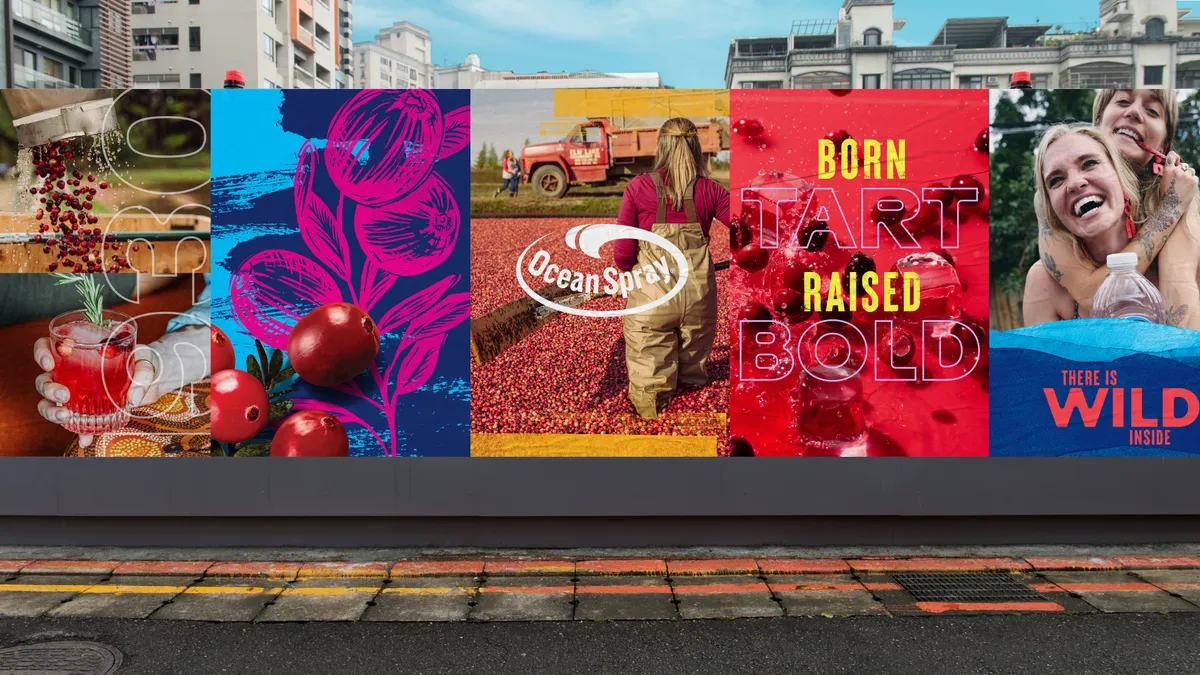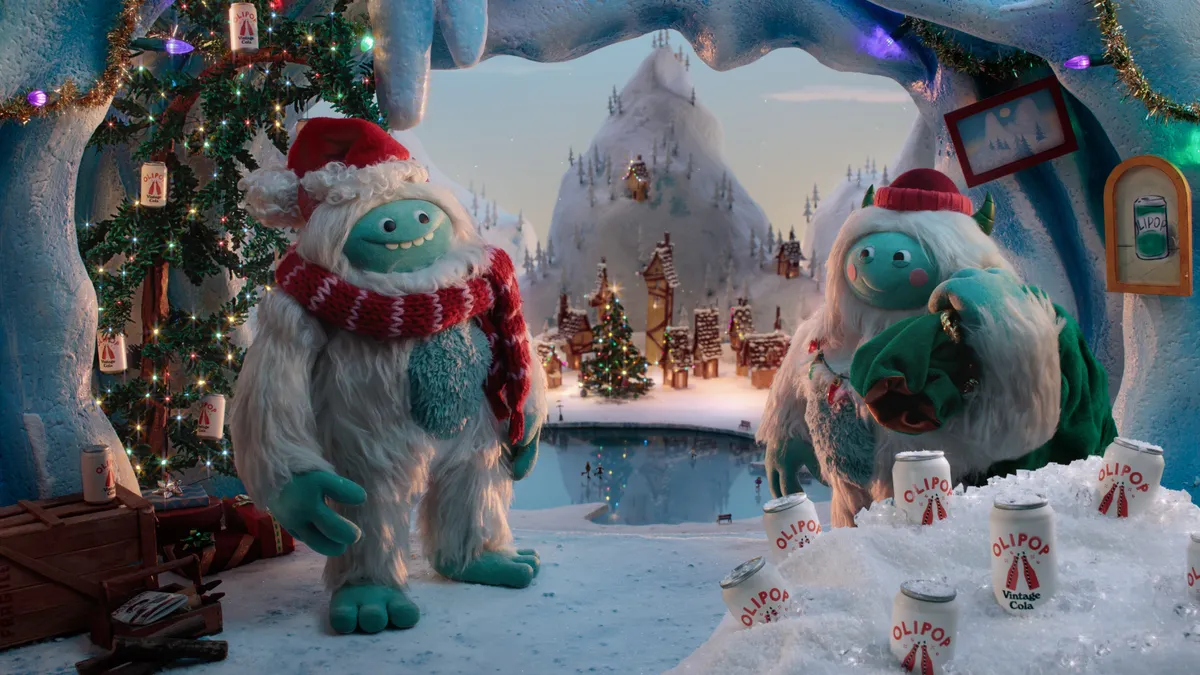Campaign Trail is our analysis of some of the best and worst new creative efforts from the marketing world. View past columns in the archives here.
With the golden days of online advertising seemingly reaching a tipping point as brand safety, bots and viewability issues plague digital platforms, marketers are doubling down on more secure alternatives. Traditional players continue to work to reach on-the-go consumers via mobile devices, while digital disruptors are leading renewed interest in out-of-home (OOH) and forging a renaissance around the traditionally static marketing channel.
In New York City last fall, Bumble became the latest digitally native brand to go big with a campaign centered on the "old-school" medium of outdoor advertising, racking up 15 million media impressions and reaching 5.5 million people on Twitter alone. The social connection app featured 112 real users in paid placements across subway stations, storefronts, buses, newspaper wraps and more to highlight diversity in its app community, which pairs users based on location.
Much of the success from "The Most Inspiring New Yorkers" push stems from the brand leaning into its location-based roots and hyper-targeting the 500 ads to each user's neighborhood, favorite hangouts and workplace, which elevated the personalization factor, Outfront Media CMO Jodi Senese told Marketing Dive.
"They took a media format that feels as impersonal as the New York subway and targeted it down to personas in very specific locations, making a mass platform feel highly personalized," she said.
Swipe right for loyalty
Along with the nearly 500 OOH ads, Bumble extended the multimillion-dollar campaign's reach with a short-form docuseries and social content on Instagram.
The five-year-old company's in-house creative team and media agency Noble People spearheaded the initiative to ramp up Bumble's user base, which now numbers north of 55 million globally, per data the company shared. An eMarketer forecast from June predicts a slowdown in user growth among all dating apps, underpinning the need for a strong marketing strategy that ignites loyalty and helps to retain a fanbase.
Developing the campaign was a yearlong process that kicked off by selecting New York — one of Bumble's most active markets — and which users to feature from the app's Date, BFF and Bizz platforms. The lean internal team vetted applications, interviewed candidates and assessed how well each person aligned with the company's mission and values, Chief Brand Officer Alex Williamson told Marketing Dive.
"It was crucial for us to feature users that also believe in creating kind, empowered and authentic connections," she said.
Soon, the splashy creative hit bustling subway stations, with colorful portraits of Bumble users like SoulCycle founder Julie Rice and opera singer Liz Bouk.
URL to IRL connections
According to Outfront's Senese, transit ads in busy cities like Manhattan are prime placements to drive patterns of repeated exposure as passersby commute or run errands, potentially urging them to "swipe right" while awaiting their train.
A dedicated Instagram account, @FindThemOnBumble, showcases each of the 112 featured users and allows for easy sharing, while stretching the campaign's reach.
"The fact that people were sharing online — that's what we call an IRL [in real life] to URL connection," Senese said. "Out-of-home is infinitely shareable."
This perceived potential to grab consumers' attention through a mix of physical ads and digital touchpoints is propelling a jump in OOH. In March, the Out of Home Advertising Association of America found a 4.5% rise in OOH spending from the previous year, capping 35 straight quarters of growth.
"The fact that people were sharing online — that's what we call an IRL [in real life] to URL connection."

Jodi Senese
Chief marketing officer, Outfront Media
Digital players like Spotify, LinkedIn and Postmates — powering some of the traditional channel's resurgence — are experimenting with novel ways to make a splash as they look to extend creative campaigns through a real-life presence.
Explaining OOH's recent spike in popularity among digital brands, Senese noted that the physical medium serves as a creative canvas that often overdelivers impressions compared to cost, pointing to why Bumble plans to replicate its "Most Inspiring" activation in other places, with Los Angeles and India up next.
Since the fall campaign, Bumble has ramped up its physical presence, teaming with Marriott International's Moxy Hotels on events that blend digital and real-life experiences to help women make connections, and hosting Margarita Monday events in some cities this summer with orange liqueur brand Cointreau.
"Whether it was wearing Bumble merchandise to bars or handing out stickers at college football tailgates, we [have been] a digital brand with a physical presence… and using OOH for this campaign just felt like a natural extension of that," Williamson said.























